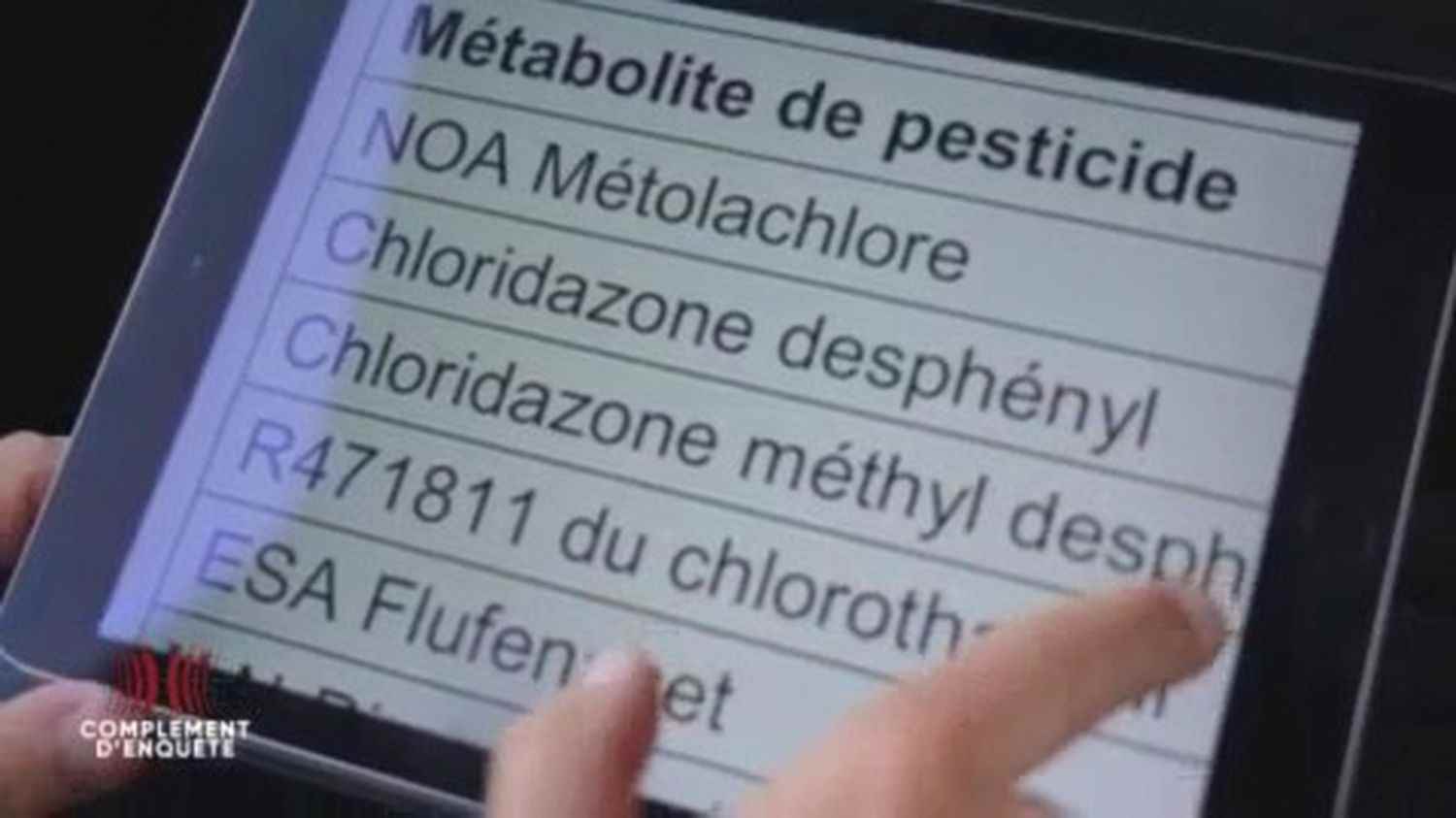Almost everywhere in France, the quality of tap water is causing concern. In question, the presence of pesticide residues, measured at rates that exceed the set limit. Long overwhelmed, the health authorities defined a new framework in June 2022. However, as noted by “Complément d’Enquête”, in Hauts-de-France, where this pollution is reaching record levels, we can still continue to drink water which should be prohibited for consumption if the precautionary principle were strictly enforced…
Pesticide metabolites in tap water all over France… If the precautionary principle had been strictly respected, it should have been banned for consumption by nearly 10 million French people. And these are the estimates of the Directorate General of Health itself…
In many regions, water analyzes reveal the presence of these metabolites, products of the degradation of pesticides infiltrated into the subsoil, beyond a so-called “quality” limit, set at 0.1 microgram per liter. Health risks are not well known, and health authorities are struggling to set consistent thresholds. Depending on the region, more or less protective, the disparities are enormous.
A new limit set at 3 micrograms per liter
In Hauts-de-France, the “champion” region of overruns, almost half of the water distribution networks were thus affected in 2021, according to calculations by the “Complementary investigation” team, which has compiled its own database from hundreds of thousands of water analysis results in France. In Aisne, the town of Merlieux-et-Fouquerolles held the record, with desphenyl chloridazone levels (derived from a herbicide used in beet cultivation) quantified at … 12.46 micrograms per litre.
In an attempt to set a clear framework and guide the Regional Health Agencies in the event of overruns, a new instruction was published in June 2022. It sets the limit at 3 micrograms per liter beyond which the consumption of water from the faucet may be prohibited. But even these new recommendations do not always seem to be applied, as found by “Complément d’Enquête”.
In Hauts-de-France, 13,535 inhabitants can still drink non-compliant water
In Merlieux-et-Fouquerolles, analyzes were carried out in July. Desphenyl chloridazone was measured at 8.34 and 8.62 micrograms per litre. However, the prefecture, which alone has jurisdiction in this area, has not taken the decision to ban drinking water. At the town hall, we manage the crisis as best we can, recognizes the municipal councilor in charge of this file: “Residents are advised not to drink it, pending the additional analyzes which have been requested by the prefecture and the ARS, every fortnight for three months”. If we are to believe the bins overflowing with plastic bottles, the inhabitants are applying the precautionary principle on their own…
Excerpt from “Is tap water (really) drinkable?”, a document to see in “Complément d’Enquête” on 22 september 2022.
> Replays of France Télévisions news magazines are available on the Franceinfo website and its mobile application (iOS & Android), “Magazines” section.
